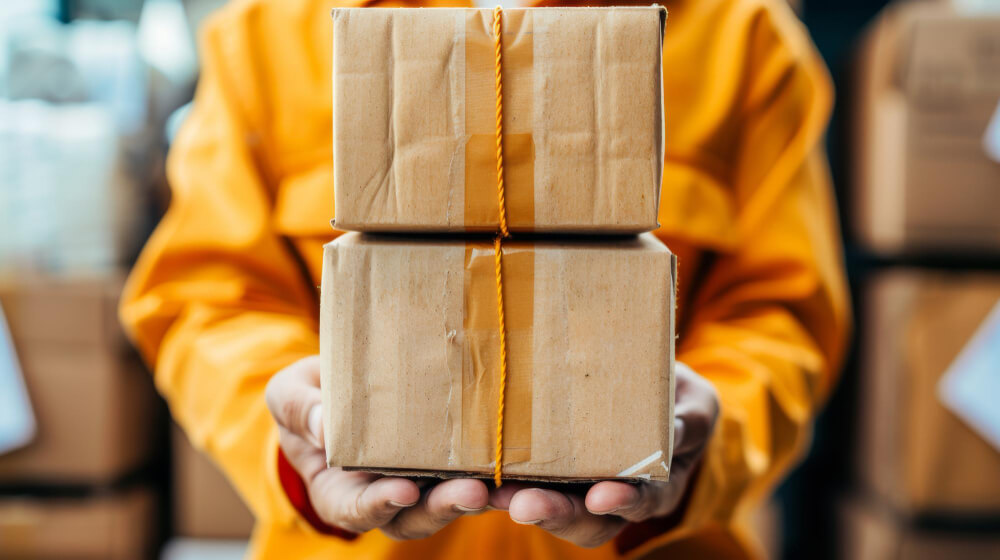Shipping large packages can be a daunting task, whether for personal or business purposes. From choosing the right packaging materials to selecting the best shipping method, every detail matters. This guide aims to provide you with all the information you need to ensure your large packages are shipped safely and efficiently.
The Importance of Proper Packaging
Choosing the Right Packaging Materials
The first step in shipping large packages is selecting the appropriate packaging materials. Sturdy boxes, cushioning materials like bubble wrap or foam, and strong tape are essential to protect your items during transit. Using high-quality materials minimizes the risk of damage and ensures your package arrives in perfect condition.
For a wide range of packaging materials, check out packaging material options.
Custom Packaging Solutions
For items that don’t fit standard box sizes or require additional protection, custom packaging solutions are the way to go. Custom retail boxes can be tailored to your specific needs, providing a snug fit and extra protection for delicate or oddly shaped items. Custom packaging not only enhances the safety of your shipment but also adds a professional touch.
Explore the benefits of custom retail boxes for your large shipments.
Steps to Prepare Large Packages for Shipping
Measuring and Weighing
Accurate measurement and weighing of your package are crucial for determining shipping costs and ensuring proper handling. Measure the length, width, and height of your package, and use a reliable scale to get the weight. Most carriers use dimensional weight pricing for large packages, so precise measurements can help you avoid unexpected fees.
Packing Techniques
Proper packing techniques can make a significant difference in the safety of your shipment. Use the following tips to ensure your large packages are well-protected:
- Reinforce the Bottom: Apply extra tape to the bottom of the box to prevent it from breaking under the weight.
- Cushioning: Place a layer of cushioning material at the bottom of the box. Surround your item with bubble wrap, foam, or packing peanuts to absorb shocks.
- Double Box Method: For fragile items, consider using the double box method. Place the item in a smaller box with cushioning, then place that box inside a larger one with more padding.
- Sealing: Seal all seams with strong packing tape. Use the H-taping method to secure the top and bottom flaps.
Choosing the Right Shipping Carrier
Comparing Shipping Options
Different carriers offer various services and pricing structures. When shipping large packages, it’s essential to compare options to find the best balance of cost, speed, and reliability. Consider the following factors:
- Delivery Speed: Express services are faster but more expensive. Standard shipping is cost-effective for non-urgent shipments.
- Insurance: Check if the carrier offers insurance coverage for valuable or fragile items.
- Tracking: Ensure the carrier provides tracking services so you can monitor your package’s journey.
Freight Shipping
For exceptionally large or heavy packages, freight shipping might be the best option. Freight carriers handle oversized shipments that exceed the limits of standard parcel services. You can choose between different freight options, including less-than-truckload (LTL) and full truckload (FTL) services, depending on the size and urgency of your shipment.
Tips for Reducing Shipping Costs
Consolidation
If you frequently ship large packages, consolidating shipments can save you money. Grouping multiple items into one shipment reduces the number of packages and can lower overall shipping costs. This approach is particularly useful for businesses looking to optimize their logistics.
Negotiating Rates
For businesses, negotiating rates with carriers can lead to significant savings. Establishing a relationship with a carrier and demonstrating a consistent shipping volume can give you leverage to negotiate better rates and terms.
Conclusion
Shipping large packages requires careful planning and execution. By choosing the right packaging materials, using proper packing techniques, and selecting the best shipping carrier, you can ensure your shipments arrive safely and on time. Whether you’re an individual or a business, understanding the nuances of shipping large packages can help you save time, reduce costs, and provide a better experience for your recipients.
For more information on high-quality packaging materials and custom solutions, visit packaging material options and custom retail boxes



